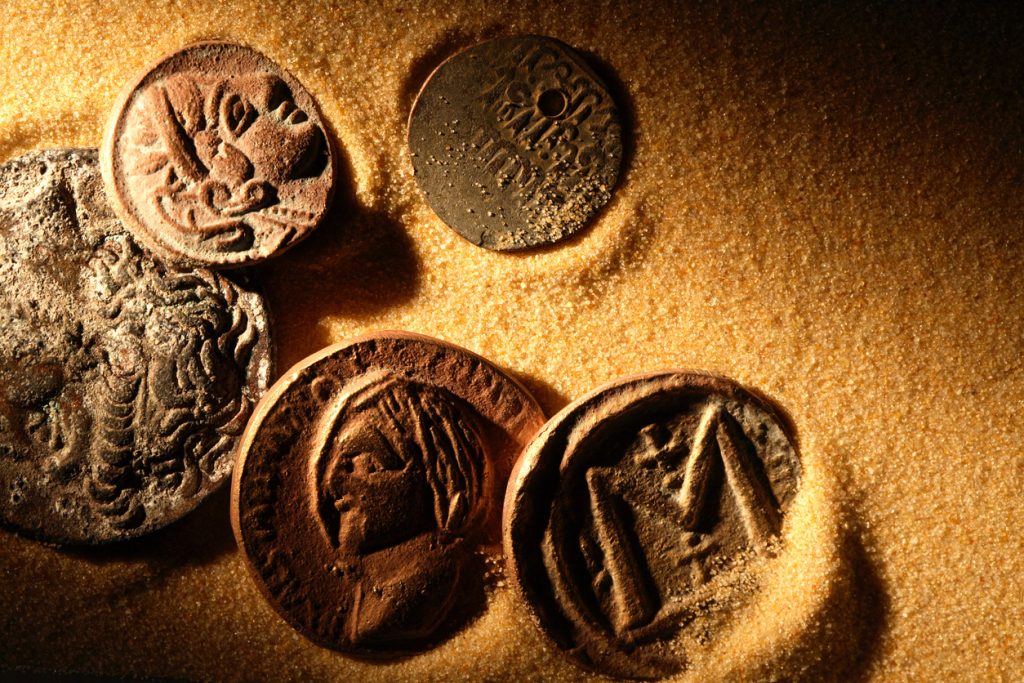
The history of financial tools is a fascinating topic that takes us back to the earliest civilizations. It reveals a remarkable continuity in financial technology across cultures and epochs, highlighting the importance of these systems in societal development and economic growth.
The earliest records of financial tools can be traced back to ancient Mesopotamia, where clay tablets inscribed with cuneiform script were used as ledgers. These simple accounting tools laid the foundation for sophisticated financial systems that would emerge in the ancient world.[1]
One of the most significant developments in ancient finance was the invention of money. Early forms of currency were often commodity-based, from precious metals to “wampum,” which are decorative beads worn by Northern Native Americans and used as currency for continental trade. However, as state institutions grew in power and financial ambition, the need for a medium of exchange officially approved by that institution (especially one that could double as an asset for that institution) led to the creation of coinage. This marked a crucial direction in how financial tools, and thus our financial systems, evolved.[1]
In addition to money, other financial tools also saw significant advancements. In Ancient Rome, for instance, legal systems were developed to facilitate complex financial transactions. These included contracts for loans, sales, leases, and partnerships, which provided the legal framework for modern financial systems.[1]
The Middle Ages brought about a further evolution of financial tools with the rise of banking institutions in Italy during the Renaissance. These early banks were instrumental in the development of modern banking practices, such as deposit banking, cheque writing, and lending.[1]
In the same era, the concept of an investment portfolio came into being. This practice of diversifying investments across different assets and sectors, which is fundamental to modern investment strategies, has its roots in the financial techniques of medieval merchants.[1]
Over the centuries, these ancient roots of financial tools have evolved and adapted to suit the needs of changing societies, economies, and technologies. Yet, despite their evolution, the fundamental principles remain the same. Whether it’s the clay tablets of ancient Mesopotamia, the legal contracts of Rome, the banks of Renaissance Italy, or the diversified IRA portfolios of today, these tools can all be used to serve the same basic purpose: to facilitate our lives.
If you’re wondering how you can turn your financial tools, such as your retirement savings accounts or social security strategies, into a vehicle to facilitate your ideal lifestyle, Click HERE to reach out to one of our advisors at Integrity Financial Planning for a complimentary review of your financial situation and get started on the path to meet your financial goals.










